Insulating Basement Rim Joists: A Comprehensive DIY Guide
Rim joist insulation is the secret to eliminating the major source of heat loss and drafts in your home. The rim joist is an important component of a building’s framework; many homeowners often neglect it. Rim joists provide structural support and help transfer the load from the floor above to the foundation or supporting walls below.

Insulating your rim joists is a wise investment that will save money and make your space comfortable. However, rim joist insulation is not an easy process, and it requires some level of expertise. This detailed DIY guide will help you successfully insulate your rim joists like Pro using spray foam. This post will discuss the step-by-step guide, tips, and safety precautions for rim joist insulation using spray foam.
Step-By-Step Guide to Insulating Rim Joists with Spray Foam
Basement rim joists insulation can be technical for an inexperienced contractor or DIYer. It is an uncommon insulation area but very important to improve home comfort. Nonetheless, here is a step-by-step guide on DIY rim joist insulation with spray foam:

Inspect the Rim Joists:
Check the rim joists for any signs of damage, gaps, or cracks. Take note of areas that require additional sealing or repairs.
Put On Your Safety Equipment:
Wear safety glasses, gloves, and a respirator mask to protect yourself from the spray foam.

Apply Sealant:
Use a suitable sealant or caulk to seal gaps, cracks, or holes in the rim joists. Get quality and affordable caulks & sealant for your rim joists. After applying the sealant, allow it to dry and cure properly before proceeding.
Protect Surfaces:
Use plastic sheeting or drop cloths to cover the basement floor and walls adjacent to the rim joists. This helps to protect the basement floors and walls from overspray or spills.
Shake the Spray Foam Can:
Shake the spray foam can vigorously before application. Shaking helps to mix the components thoroughly. The best spray foam for rim joist insulation is Fast Coat Spray Foam.
Attach the Spray Foam Gun:
After shaking vigorously, attach the can to the spray foam gun. Spray foam guns make the application faster and easier to aim.
Start Spraying:
Hold the spray gun at least 12 inches away from the rim joist. To apply spray foam, begin at one end of the rim joists and work across. Move slowly in a steady motion while applying the foam along the length of the rim joists.

Fill Gaps and Cavities:
Use spray foam to fill all gaps and cavities in the rim joists or surrounding frames. The holes and cavities should be filled until it is level with the rim joist surface or slightly protrudes.
Smooth and Shape the Foam:
After applying the foam, use a putty knife or foam shaping tool to smooth and shape the insulation. This helps to achieve even coverage and a neat finish.
Allow Drying and Curing:
Allow the foam to dry and cure properly. Ensure the area is well-ventilated during the curing time. Check the spray foam product for the recommended curing time.
Inspect and Touch Up:
After curing, inspect the rim joist for any missed spots. Then, apply spray foam to any missed spots or areas with uneven coverage.
What are The Tips for a Successful Rim Joist Insulation Process?
Rim joist insulation is one of the best ways to reduce heating bills and improve energy efficiency in your home. Proper rim joist insulation creates a thermal barrier against heat transfer, sealing the base of your building from air leaks and preventing moisture accumulation. Here are some useful tips for successful rim joist insulation:

Work in Sections:
Working in sections allows you to have better control over the insulation process. It reduces overspray, improves the accuracy of the application, and allows you to focus on each section. In addition, working in small sections helps avoid the wastage of material.
Maintain Consistent Thickness:
To achieve your desired R-value, it is important to maintain a consistent thickness of spray foam. Maintaining a consistent thickness across the rim joist ensures even coverage. During rim joist insulation, make sure to fill all gaps or holes in the rim joists.
Use Backer Rods:
For filling significant gaps and voids, consider using backer rods before applying spray foam insulation. Backer rods provide support and help achieve proper foam expansion.
Trim Excess Foam:
After the foam has fully cured, trim any excess insulation using a utility knife or foam saw. This will create a clean and tidy finish.
Consider Vapor Barrier:
If you live in areas with high humidity or moisture concerns, it is important to prevent moisture buildup. Consider installing a vapor barrier over the cured spray foam insulation. This extra layer helps prevent moisture problems such as moisture infiltration, condensation, and mold growth.
Regularly Inspect and Maintain:
Regularly inspect the insulated rim joists to ensure they are not damaged, deteriorating, or being attacked by pests. Address any issues promptly to ensure the effectiveness and durability of insulation.
What are Rim Joist Insulation Safety Precautions?
There are safety precautions that are necessary for successful rim joist insulation. These precautions ensure safe and effective rim joist insulation. Some of the essential precautions include:
Wear Protective Gear:
Always wear personal protective equipment (PPE) such as gloves, goggles, and respirators to protect yourself when applying spray foam insulation. Use proper safety equipment to access rim joists, such as a sturdy ladder or scaffold.
Provide Adequate Ventilation:
When applying spray foam insulation, ensure the area is well-ventilated. Proper ventilation is important for air circulation and preventing dust or fumes accumulation.
Read and Follow Manufacturer Instructions:
Read and follow the manufacturer’s instructions for proper and effective installation. Several spray foam products have specific recommendations, such as drying and curing time for a successful installation. Get a professional contractor for your rim joist insulation if you are uncertain about the process.
Work in a Well-Lit Area:
Proper lighting is vital to ensure thorough coverage when insulating basement rim joist insulation. Working in a well-lit area aids clear visibility of the work area. It is easier to insulate all nooks, corners, and gaps of the rim joists when there is adequate lighting.
What are The Advantages of Spray Foam for Rim Joist Insulation?
Without a doubt, the best rim joist insulation is done using spray foam. The benefits of rim joist insulation spray foam cannot be overemphasized. Spray foam seals every nook, hole, or gap in the rim joists and creates an air-tight environment. Some of the advantages of spray foam for rim joist insulation include the following:

Excellent Thermal Insulation
Spray foam insulation offers a high R-value, providing excellent thermal insulation. It means using spray foam for rim joist insulation helps lower heating and cooling costs and improves living space comfort.
Air Sealing:
Spray foam offers superior air sealing capabilities, reducing air leaks and drafts. It expands to seal holes, gaps, and voids in the rim joists that cause heat loss. The air-sealing ability of spray foam helps to improve energy efficiency and prevent moisture infiltration.
Moisture Barrier
Moisture is a menace that reduces the structural strength of your building. Spray foam offers moisture resistance by creating a vapor barrier. This prevents moisture buildup in rim joists and potential mold growth. Moisture barrier is essential for homes in highly humid areas.
Longevity
Longetivty is another significant advantage of using spray foam for rim joist insulation. Spray foam has a long lifespan, maintaining its effectiveness for so many years. Once spray foam is installed and allowed to cure properly, it becomes resistant to deterioration, settling, or sagging.
Frequently Asked Questions (FAQs)
What is the R-value of rim joists?
Rim joists are above the ground, and the minimum recommended R-value is R13. The recommended R-value of Rrim joists depends on the climate; climate zone 1 through 4 have an R-value of R13, while climate zone 5 through 8 should have a minimum R-value of R20.
Should you insulate your rim joists?
Yes, rim joist insulation is important to reduce heat loss, air leaks, and moisture infiltration. Since rim joists run around the building’s perimeter, insulation helps to maintain a consistent temperature and reduces energy bills all year.
Do rim joists need a vapour barrier?
A vapor barrier helps to prevent moisture buildup in rim joists. Wood rot and mold growth could be a problem if vapor barriers do not protect rim joists. However, closed-cell spray foam can be a vapor barrier to prevent moisture problems.
Do you use open or closed-cell foam for rim joists?
Closed-cell foam is the better option for rim joist insulation. It provides better thermal insulation and vapor barriers.
Is rim joist insulation worth it?
Rim joist insulation cost is worth every penny. Insulating your rim joist keeps your building safe from air leaks, pests, and moisture problems. Since rim joists are load-bearing, spray foam insulation helps to maintain structural strength.
Author : Krakenbond Team


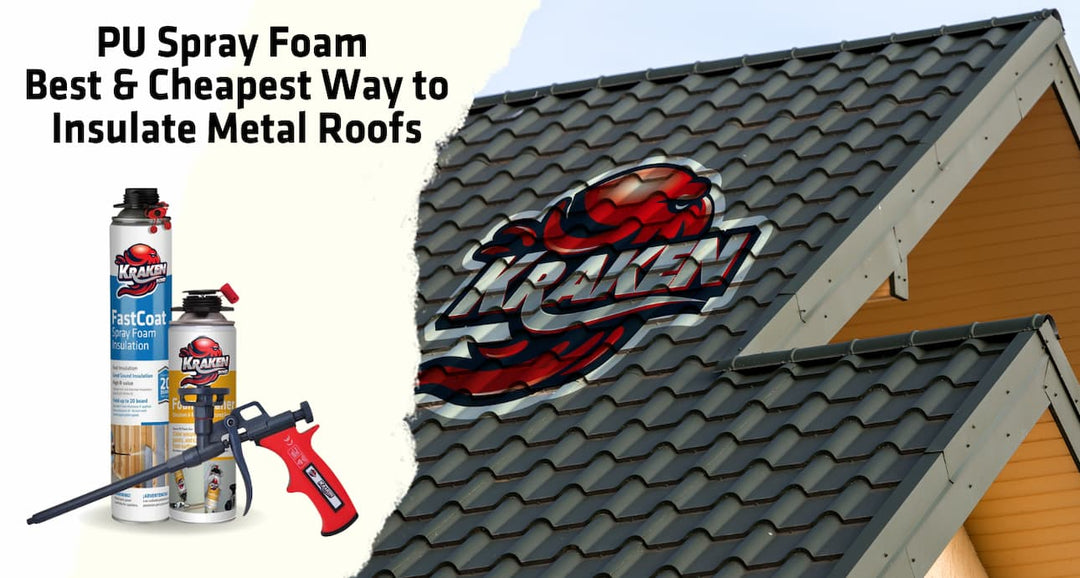


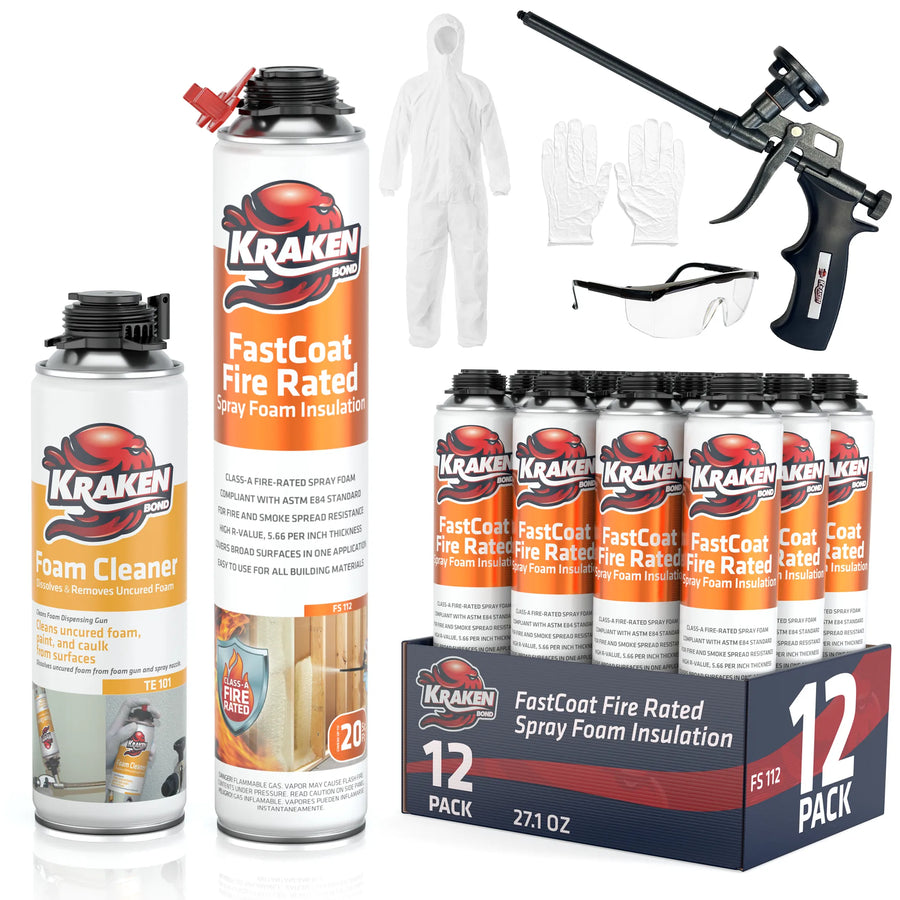







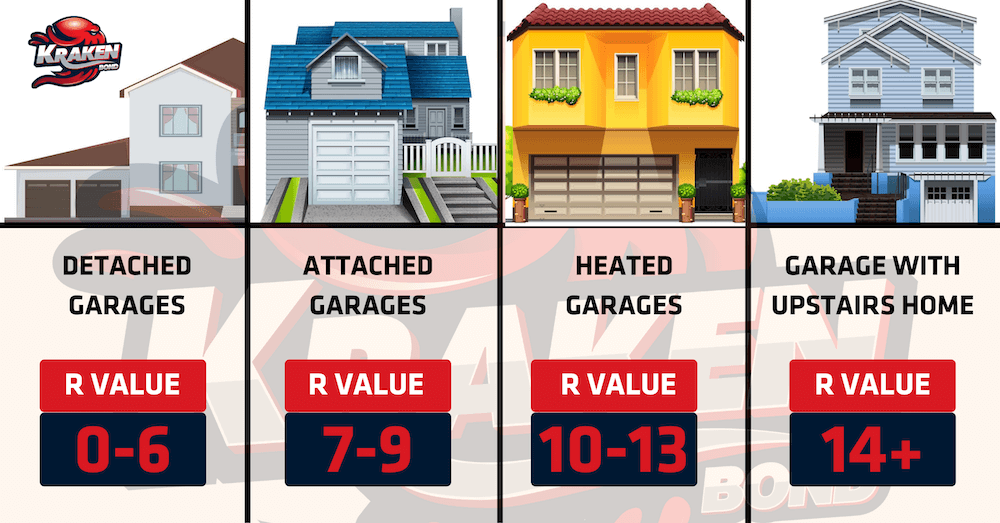

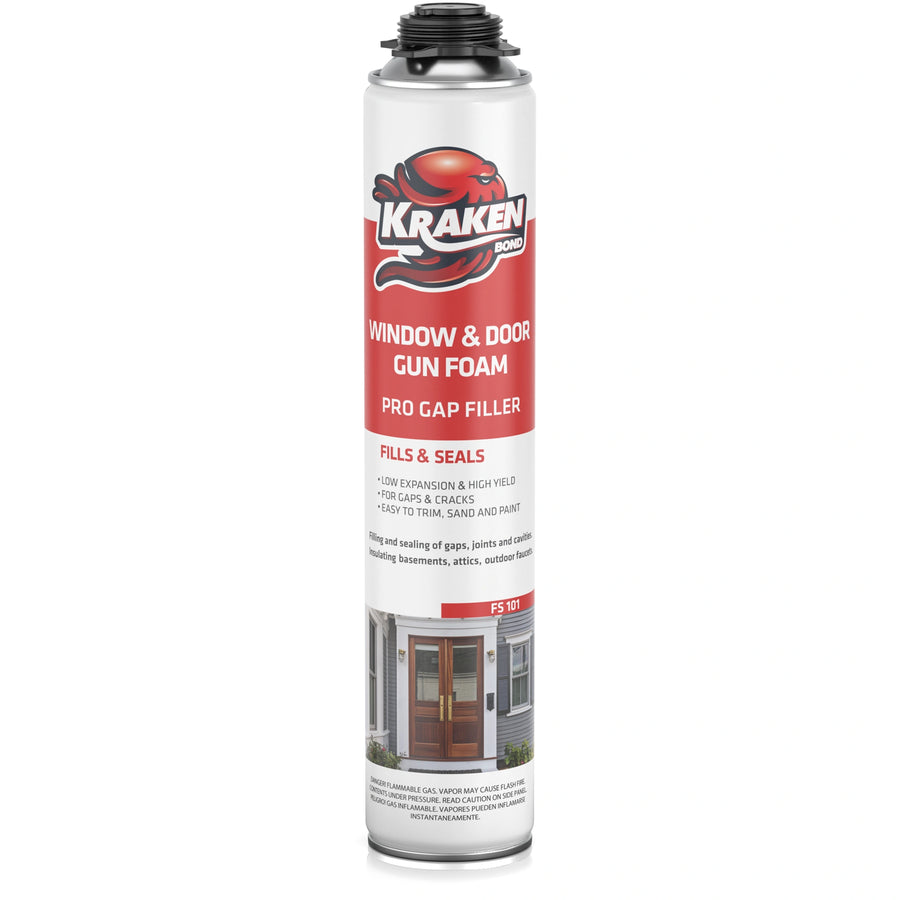
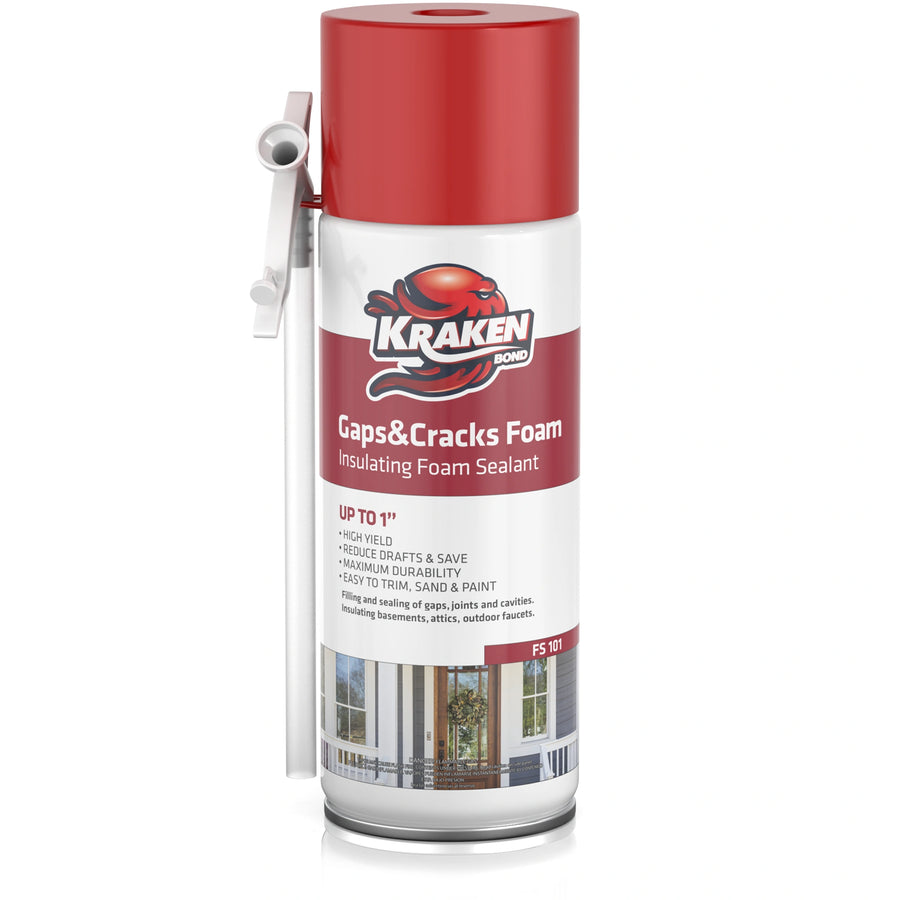
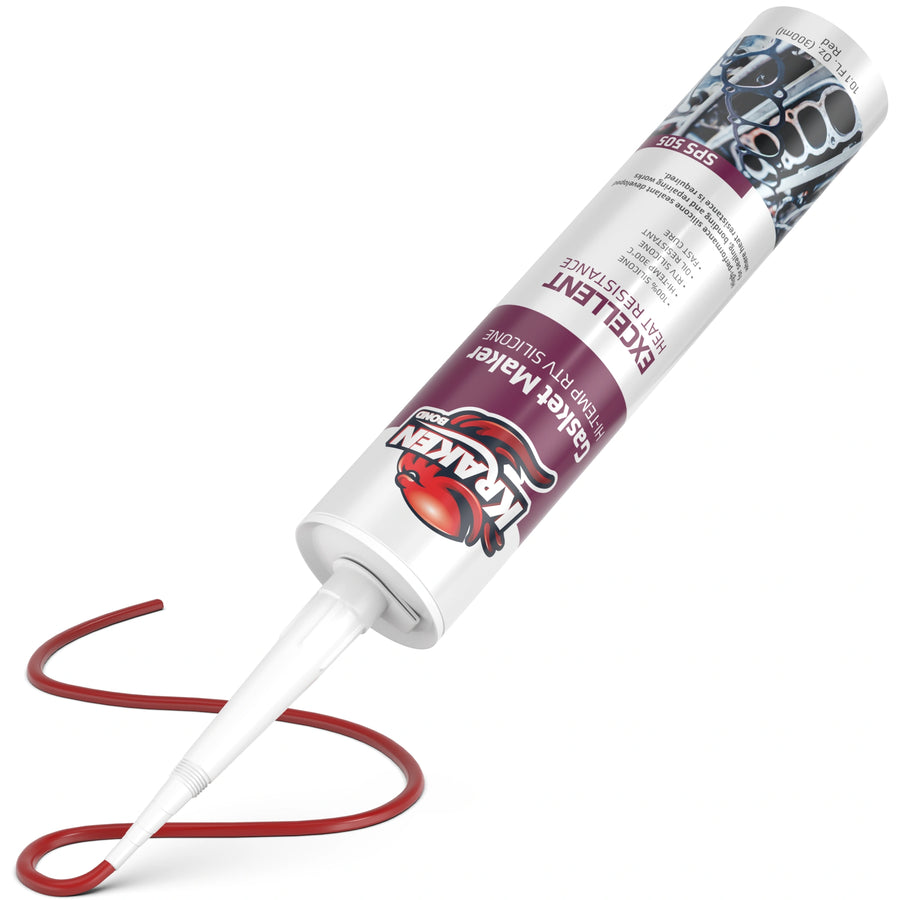
Leave a comment